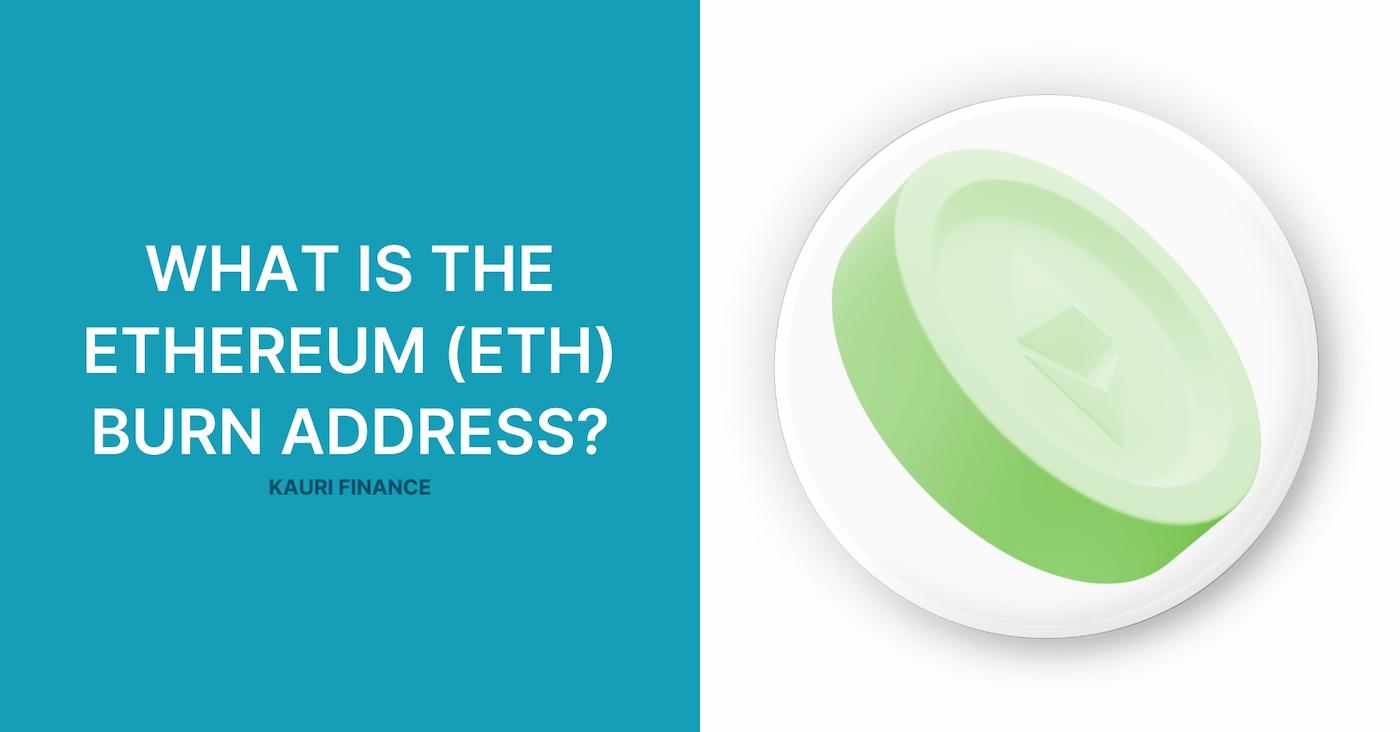
What is the Ethereum (ETH) burn address?

Ethereum, the second-largest cryptocurrency by market capitalization, has introduced a mechanism known as the "burn address," which plays a crucial role in its network economics and functionality. This article delves into the concept of the Ethereum burn address, examining its purpose, functioning, and the implications it holds for Ethereum users and the broader blockchain ecosystem.
What is an Ethereum Burn Address?
The Ethereum burn address is a unique address on the Ethereum network where tokens can be sent but not retrieved. In essence, any Ethereum or Ethereum-based tokens (ERC-20 tokens) sent to this address are permanently removed from circulation. The primary purpose of burning tokens is to reduce the total supply, which can help in controlling inflation and potentially increasing the value of the remaining tokens.
Address Characteristics:
The Ethereum burn and "dead addresses" often share a few common traits:
- They are addresses to which no one has access; the private keys are unknown or unobtainable.
- The format of a typical burn address might look like a string of zeros, for example, 0x000000000000000000000000000000000000dEaD, making it identifiable and distinct.
- Transactions to this address are irreversible; once tokens are sent, they cannot be recovered.
How Does Burning Impact Ethereum?
Economic Implications:
- Deflationary Pressure: By reducing the supply of Ethereum in circulation, burning can exert a deflationary pressure on the token's economy. In traditional financial systems, deflation can increase the purchasing power of the currency over time, a principle that also loosely applies to cryptocurrencies.
- Token Value: Theoretically, reducing the supply of a token, assuming steady or increasing demand, can increase its value. This is attractive to long-term holders and investors who may see the value of their holdings increase as a result of burns.
Network and Usage Implications:
- Transaction Fees and EIP-1559: A significant aspect of Ethereum burning relates to transaction fees. With the implementation of EIP-1559 in August 2021, a portion of the transaction fees, which used to go entirely to the miners, is now burnt. This change was intended to help stabilize transaction fees and reduce miner over-rewarding, which in turn might lower the rate of inflation in Ethereum.
- Miner Incentives: While burning reduces the potential rewards for miners by destroying part of the fees that would otherwise go to them, the increasing value of Ethereum could counterbalance this. Additionally, the transition to Ethereum 2.0 and its shift from proof-of-work to proof-of-stake changes the dynamics significantly, reducing the relevance of miner incentives under the new consensus mechanism.
ETH Burns Since EIP-1559
Since the introduction of EIP-1559, millions of ETH have been burnt. This has been tracked by various analytics platforms, providing a transparent view of how much ETH is removed from circulation. The burning mechanism has worked as intended to a large extent, contributing to significant amounts of ETH being permanently taken out of supply.
Impact on Ethereum's Price
The correlation between burning and the price of Ethereum is complex and influenced by many factors including market sentiment, overall crypto market trends, and macroeconomic factors. However, the general expectation that reducing supply should increase price holds as a basic economic principle, although it does not guarantee price movements due to external variables.
Challenges and Criticisms:
- Predictability and Stability: One of the criticisms of the burn mechanism is its impact on the predictability of gas fees and the overall stability of the Ethereum network. Although EIP-1559 helps in forecasting transaction costs, the volatile nature of burn rates can introduce new complexities.
- Impact on Small Players: Smaller investors and network users might face increased transaction fees, particularly during high demand periods, which could sideline them in favor of larger players or centralized entities who can afford higher fees.
Role of Kauri Finance in Ethereum's Ecosystem
Kauri Finance, a company providing specialized financial services and tools for businesses operating within the Web3 space, aligns well with Ethereum's economic strategies, particularly with the use of burn addresses. By offering non-custodial wallets for business, Kauri Finance allows companies to manage their Ethereum holdings securely, ensuring that tokens are handled in a way that maximizes their utility and complies with security standards.
One of the key services provided by Kauri Finance is the ability to set up multi-signature transactions, assign roles within the company, and set limits on transactions. This functionality is particularly beneficial in the context of Ethereum’s burn address mechanism. Businesses can use Kauri Finance’s platform to manage their Ethereum transactions more efficiently, ensuring that the right amount of ETH is sent to the burn address as needed for purposes like reducing company-held token supply to increase scarcity and value, or for participating in decentralized finance (DeFi) activities that require proof of burn.
With Kauri Finance’s emphasis on compliance and security, evidenced by its EU licensing and PCI DSS certification, businesses can confidently participate in Ethereum’s evolving economic landscape. By burning Ethereum through a controlled and secure environment, companies can not only contribute to the health and stability of the Ethereum network but also ensure that their actions are in line with regulatory requirements.
Conclusion
The Ethereum burn address serves as a fundamental aspect of its economic model, influencing everything from tokenomics to network functionality. By permanently removing a portion of the ETH supply, Ethereum aims to create a more predictable and valuable digital economy. However, the full impact of this mechanism continues to evolve, particularly as Ethereum transitions fully to proof-of-stake with Ethereum 2.0. As the blockchain space continues to mature, the strategies employed by Ethereum today may serve as valuable case studies for future developments across the cryptocurrency landscape.
